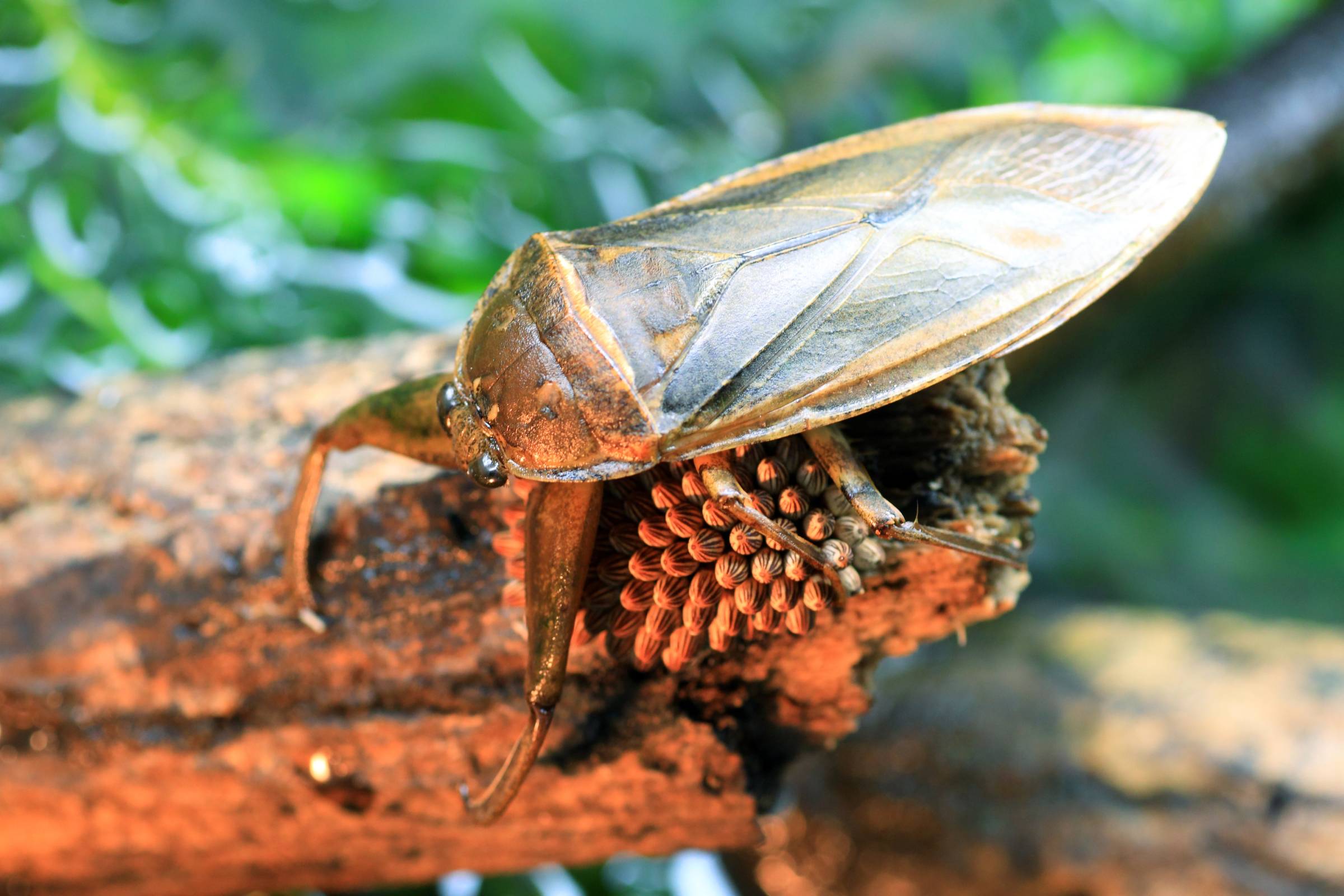World
Behold the largest and deadliest bug in the world

Giant water bugs are fascinating creatures that dominate their freshwater habitats with their sheer size and unique adaptations. These aquatic insects, often called “toe-biters,” are among the largest and deadliest insects in the world, with some species growing up to 12 centimeters long.
These bugs are apex predators in ponds, marshes, and slow-moving streams. They ambush prey when they least expect it. Their diet includes fish, amphibians, and other aquatic creatures.
What makes these the largest and deadliest insects in the world is a specialized beak, which they use to inject digestive enzymes into their prey, liquefying their insides. The bugs then suck up the nutrient-rich fluid, a process as efficient as sipping a protein shake.
Their hunting prowess is impressive. Luckily, they’re not aggressive toward humans, unlike mosquitos, which carry deadly diseases like malaria. Thankfully, scientists have found ways to use mosquitos’ disease-carrying properties against them.
Giant water bugs are strong swimmers, propelling themselves with paddle-like hind legs. They also possess a unique respiratory system that lets them trap air under their wings or extend a snorkel-like siphon to the water’s surface. This allows the largest and deadliest insect in the world to remain submerged while accessing oxygen.
Their reproductive strategies are equally remarkable. In some species, the males will carry eggs on their backs, ensuring they stay moist and protected until they hatch, according to the National Park Service. This level of parental care is rare in the insect world and underscores the complexity of the giant water bug’s biology.
The largest and deadliest insects in the world are not just predators, though. They are also indicators of healthy freshwater ecosystems. Their presence suggests a well-balanced habitat, as they help regulate populations of smaller organisms.
So, the next time you find yourself near a pond or marsh, take a moment to appreciate these massive bugs. They might look fearsome, but their contributions to the ecosystem and their intriguing adaptations make them a vital part of nature’s web.









